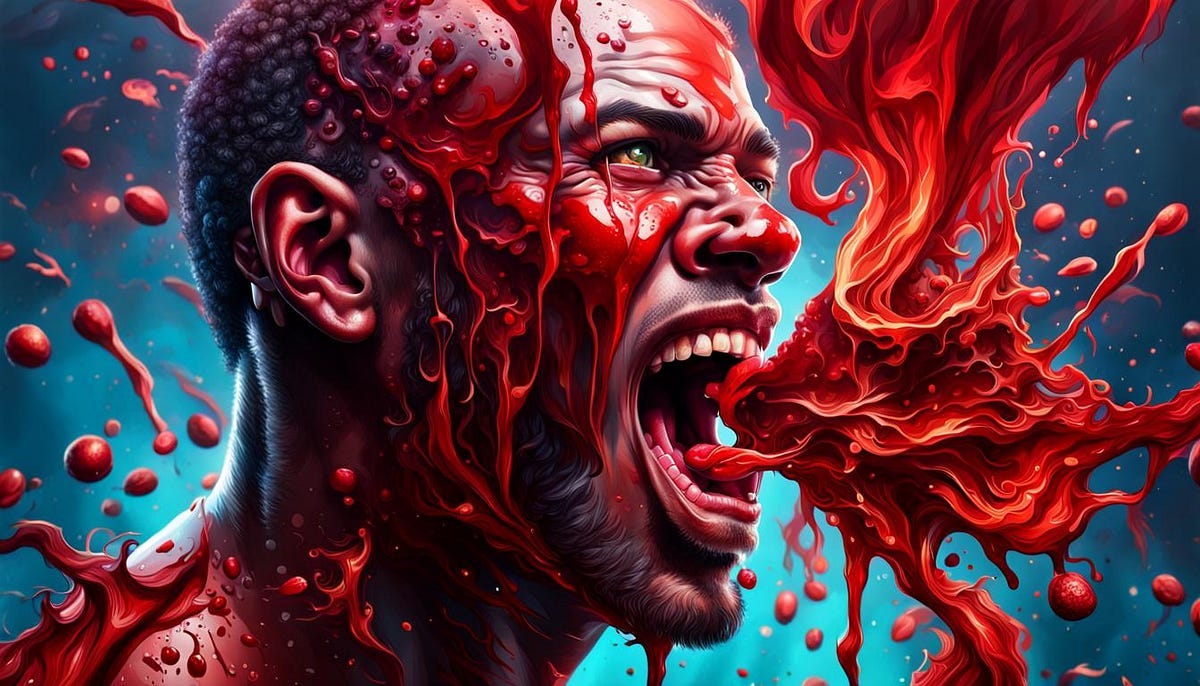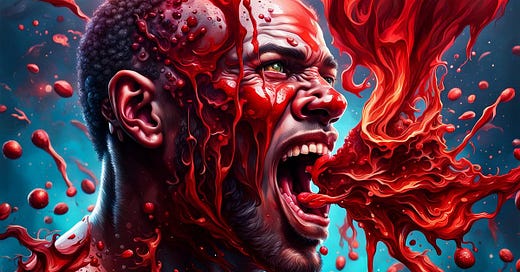How Many of These Body Facts Did You Know? (Part 2)
Here are some more unusual and not widely known facts about the human body parts
Here are some more unusual and not widely known facts about the human body parts

c) Blood
- The average adult body contains about 1.2 to 1.5 gallons of blood.
- Red blood cells live for about 120 days before they need to be replaced.
- Blood makes up about 7% of body weight in adult males and females.
- Females have about 4–5 million red blood cells per microlitre; males about 5–6 million.
- The rarest blood type is called Rh null — only 43 people have been reported to have it.
- The amount of blood in a pregnant woman’s body will have increased by 50% by the 20th week of pregnancy.
- Our blood contains around 0.2 milligrams of gold.
- Research has shown that mosquitoes prefer blood type O.
- Blood is composed of red blood cells, white blood cells, platelets, and plasma. Plasma, the liquid component, makes up about 55% of blood volume.
- Blood is slightly basic, with a pH ranging from 7.35 to 7.45.
- A single drop of blood contains around 250 million red blood cells, 22 million white blood cells, and 250,000 platelets.
- Blood type is determined by the presence or absence of antigens and antibodies. The ABO blood group system classifies blood into types A, B, AB, and O.
d) Human Eye
- Humans blink 15–20 times per minute on average.
- Eyes heal quickly — a scratched cornea can heal in about 48 hours.
- The eye generates nerve signals at a rate of around 10 million bits per second.
- Eyes contain light-detecting rods and colour-detecting cone cells.
- Eyes move together in saccadic jumps — they do not move smoothly.
- The eyes perceive things upside down.
- 80% of the human eye is made of a firm jelly-like fluid called vitreous humour.
- The human eye can distinguish about 10 million different colours.
- The cornea is the only part of the body without blood vessels; it gets oxygen directly through the air.
- The lens of the eye continues to grow throughout life, which contributes to changes in vision as people age.
- The retina, located at the back of the eye, contains rod cells for low-light vision and cone cells for colour vision.
- The human eye blinks around 17 times per minute, contributing to the spread of tears that keep the eye moist and protect it from dust and debris.
e) Tongue
- The average tongue is 3–4 inches long in adults.
- The tongue contains thousands of tiny bumps called papillae.
- Tongues have a natural pink colour from the blood vessels underneath.
- Tongues never really get dirty, bacteria are flushed away quickly.
- Some people can curl their tongues into a tube shape due to a genetic trait.
- The tongue is made up of eight muscles, and it’s one of the strongest muscles in the body relative to its size.
- Taste buds are not only on the tongue but also on the roof of the mouth, throat, and even the epiglottis.




